Fuchsia, Hybrid Fuchsia, Lady’s Eardrops (Fuchsia x hybrida) is a beloved ornamental plant from the Onagraceae family, native to South America and Mexico. These annual hybrids are prized for their vibrant, pendulous flowers that add a striking touch to summer gardens.
Known for their versatility, hybrid fuchsias can thrive in garden beds, borders, hanging baskets, and containers, making them a favorite among gardeners. Their shade tolerance makes them an excellent choice for brightening darker corners of the garden, while their blooms attract beneficial pollinators, enhancing the garden’s ecosystem.
| Common name | Fuchsia, Hybrid Fuchsia, Lady’s Eardrops |
| Botanical name | Fuchsia x hybrida |
| Family | Onagraceae |
| Origin | South America, Mexico |
| Life cycle | Annual |
| Plant type | Annual |
| Hardiness zone | 10, 11 |
| Sunlight | Deep shade |
| Maintenance | Medium |
| Soil condition | Clay |
| Soil ph | Acid |
| Growth rate | Medium |
| Spacing | Less than 12 in. |
| Flowering period | Fall |
| Height | 1 ft. 6 in. – 3 ft. |
| Flower color | Gold, Yellow |
| Leaf color | Green |
| Fruit type | Berry |
| Flower benefit | Showy |
| Garden style | Pollinator Garden |
| Uses | Container |
I. Appearance and Characteristics
Fuchsia is a genus of flowering plants that consists mostly of shrubs or small trees.
Almost 110 species of Fuchsia are recognized; the vast majority are native to South America, but a few occur north through Central America to Mexico, and also several from New Zealand to Tahiti. One species, F. magellanica, extends as far as the southern tip of South America, occurring on Tierra del Fuego in the cool temperate zone, but the majority are tropical or subtropical.
The first to be scientifically described, Fuchsia triphylla, was discovered on the Caribbean island of Hispaniola (Haiti and the Dominican Republic) about 1696–1697 by the French Minim friar and botanist, Charles Plumier, during his third expedition to the Greater Antilles. He named the new genus after German botanist Leonhart Fuchs (1501–1566, pronounced).
The fuchsias are most closely related to the northern hemisphere genus Circaea, the two lineages having diverged around 41 million years ago.
Most fuchsias are shrubs from 0.2 to 4 m (8 in to 13 ft 1 in) tall, but one New Zealand species, the kōtukutuku (F. excorticata), is unusual in the genus in being a tree, growing up to 12–15 m (39–49 ft) tall. Fuchsia leaves are opposite or in whorls of three to five, simple lanceolate, and usually have serrated margins (entire in some species), 1–25 cm long, and can be either deciduous or evergreen, depending on the species.
The flowers are very decorative; they have a pendulous teardrop shape and are displayed in profusion throughout the summer and autumn, and all year in tropical species. They have four long, slender sepals and four shorter, broader petals; in many species, the sepals are bright red and the petals purple (colours that attract the hummingbirds that pollinate them), but the colours can vary from white to dark red, purple-blue, and orange. A few have yellowish tones. The ovary is inferior.
The fruit is a small (5–25 mm) dark reddish green, deep red, or deep purple berry, containing numerous very small seeds. The fruit of the berry of F. splendens is reportedly among the best-tasting. Its flavor is reminiscent of citrus and black pepper, and it can be made into jam. The fruits of some other fuchsias are flavorless or leave a bad aftertaste.
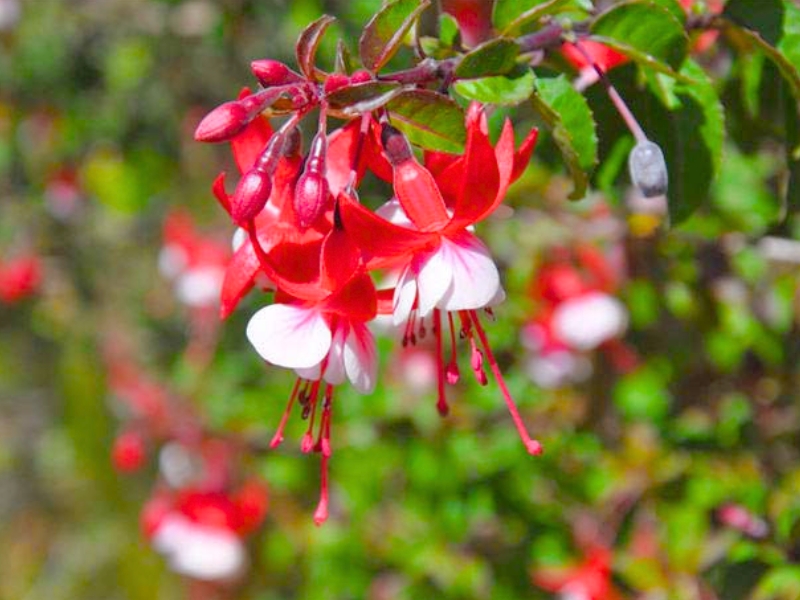
II. How to Grow and Care
Sunlight
The hybrid fuchsia prefers full to partial shade, although they can tolerate more sunlight if the temperature is milder. While this means that some species can be grown indoors, it can be challenging to keep them alive as indoor air is often too dry. If the hybrid fuchsia is grown in full sunlight, there is a high risk of damage to the plant as the roots will dry out. However, this can be avoided by surrounding the plant with other larger plants.
Temperature
Native to Central and South America, New Zealand, and Tahiti, the hybrid fuchsia is typically suited to USDA hardiness zones 6-11. Due to the many variations of the hybrid fuchsia, it is advisable to look into the hardiness of the particular species you are growing, as they can greatly vary. This plant will usually thrive in temperatures around 13 to 25 ℃, as long as the air is not too dry. Some species can withstand temperatures as low as -23 ℃, but most will suffer if the temperature drops below 4 ℃. The plant may also cease to bloom if the temperature goes above 27 ℃, as high temperatures can overheat the roots, therefore killing the plant.
Watering
The hybrid fuchsia requires regular watering, particularly in the summer months as the soil must remain moist, but not waterlogged. During hot summer weather, your hybrid fuchsia will probably require watering at least once a day, especially if the plant is being grown in a pot or hanging basket. If planted in the ground, your plant won’t require quite as much watering as a potted plant, but it is still essential to regularly check that the soil is moist. Ideally, try to check the soil’s moisture levels every other day, ensuring that it isn’t too dry.
The hybrid fuchsia thrives in humid environments, which is why it can be difficult to keep them alive indoors where the air is generally drier. This issue can be remedied somewhat by regularly misting your hybrid fuchsia.
Soil
The optimum soil for your hybrid fuchsia is a fast-draining potting mix with a pH value of around 6 (so somewhat acidic). Because your hybrid fuchsia requires regular soaking, but should not be left sitting in water, a heavy clay soil is not suitable. Instead, a soil containing sand and loam would be preferable. This, coupled with a pot with drainage holes, will ensure that your hybrid fuchsia will be able to enjoy regular watering without becoming water-logged.
Fertilizing
To encourage your hybrid fuchsia to flower abundantly throughout the blooming season, you should fertilize them with a balanced fertilizer. Ideally, fertilize potted plants once a week. This can be done each time you water your hybrid fuchsia by adjusting the amount of fertilizer to a quarter strength mix. If moving your hybrid fuchsia indoors at the end of fall, then make sure that you stop fertilizing the plant about two weeks before you do so.
Planting Instructions
Though some varieties can grow to be tree-sized and are therefore grown in the ground, it is far easier and more common to grow your hybrid fuchsia in a pot. Those grown in the ground are not keen on being moved, so make sure that you have chosen the right spot before planting. When potting your hybrid fuchsia, choose a pot one size larger than the nursery pot. If planting a few smaller plants in one container, the hybrid fuchsia will survive comfortably in a 25 to 30 cm pot. Terracotta pots are better suited to this plant, as this will help to keep the roots cooler than a plastic container.
It is best to plant your hybrid fuchsia at the beginning of the spring, after the last frost, although they can be started a few months earlier if you keep them indoors until the risk of frost has passed. While some choose to start their hybrid fuchsia in a greenhouse, this is inadvisable, as this plant does as poorly in high temperatures as it does in the frost. Be sure to water your hybrid fuchsia regularly, particularly in the first few weeks to allow its roots to take hold, but be careful not to let the soil become water-logged.
Pruning
Though most varieties of the hybrid fuchsia are grown as annuals, they can be cut back and grown again the following year. Prune your hybrid fuchsia in early spring once the plant has started to grow to encourage new growth. Ideally, cut the stems down to around 10 to 15 cm long, or prune them to the height of the rim of their pot. Never prune in the fall, as this can cause the plant to become vulnerable to pests, diseases, and frost damage in the coming winter months. Some recommend pinching the shoots in spring to encourage better flowering.
Propagation
Hybrid fuchsia, with its striking flowers and vivid hues, thrives through cuttings. For successful growth, select healthy stem tips, use a rooting hormone to encourage root development, and plant in well-draining soil. Consistent moisture and warmth aid in the establishment of roots, providing a robust foundation for this vibrant specimen.
III. Types of Hybrid Fuchsias
While there are numerous types of hybrid fuchsias to choose from, here are some common ones that make great additions:
- ‘Blaze’ – produces flowers with bright red sepals and vibrant pink petals.
- ‘Comet’ – a shrub form that produces pendant flowers with white sepals and pink to soft pink clustered petals.
- ‘Colossus’ – bushy plant producing large pendant flowers with bright red sepals and dark purple petals.
- ‘Flash’ – produces light green leaves and a bushy growth habit. Flowers are magenta and red.
- ‘Ice Maiden’ – upright, double flowering type with white sepals and pale mauve petals.
- ‘Mendocino Rose’ – semi-double flower with white sepals and purplish petals.
- ‘Orange Drops’ – bushy semi-trailing light to dark orange flowers.
- ‘Rosebud’ – semi-double flower with bright pink sepals and deep mauve petals.
- ‘Strawberry Delight’ – small plant producing double pale pink flowers with ascending sepals and ruffled petals.
- ‘Tom Thumb’ – produces an arching open habit and small single tubed flowers with purple-white petals and red sepals.
IV. Uses and Benefits
There are three main types of fuchsia hybrids: upright, prostrate, and trailing. Upright fuchsia plants are ideal for containers or plant a few of them in the garden to create an attractive, informal hedge. Prostrate and trailing varieties used in hanging baskets or growing up a trellis may serve as a stunning garden focal point. Regardless of the cultivar, hybrid fuchsia will set a profusion of bright pink-purple flowers, which are especially attractive to hummingbirds.
Find Where to Buy the Best Hybrid Fuchsia (Fuchsia x hybrida)










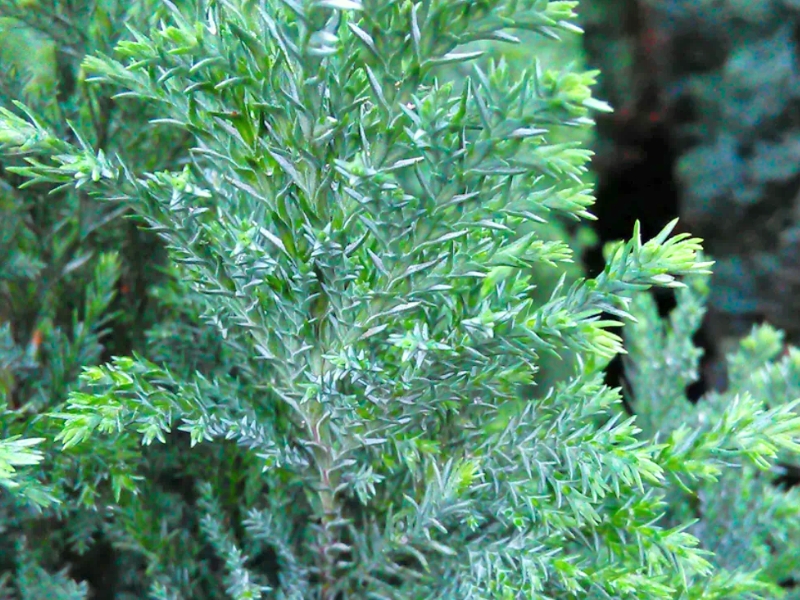
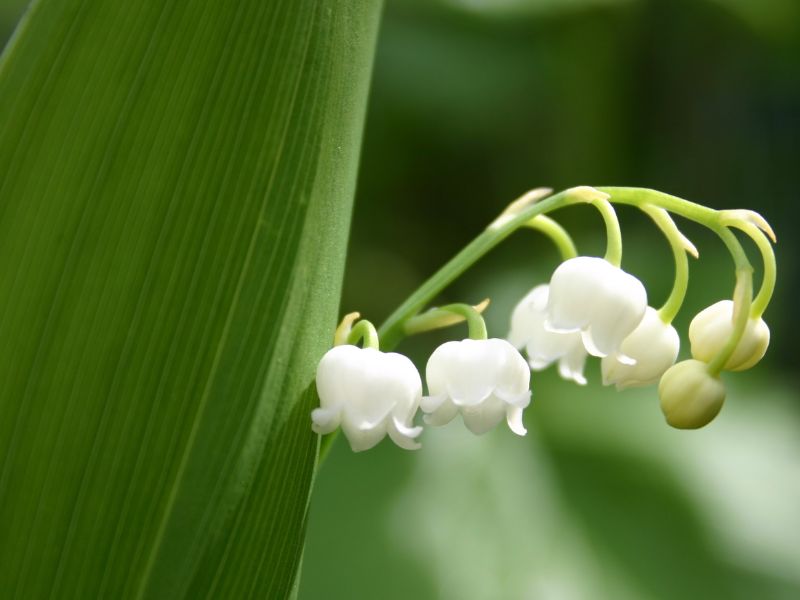
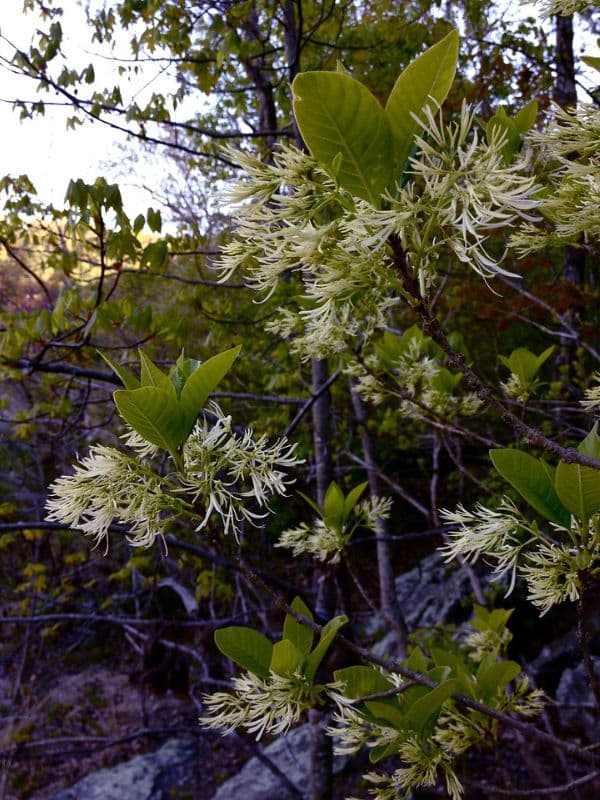
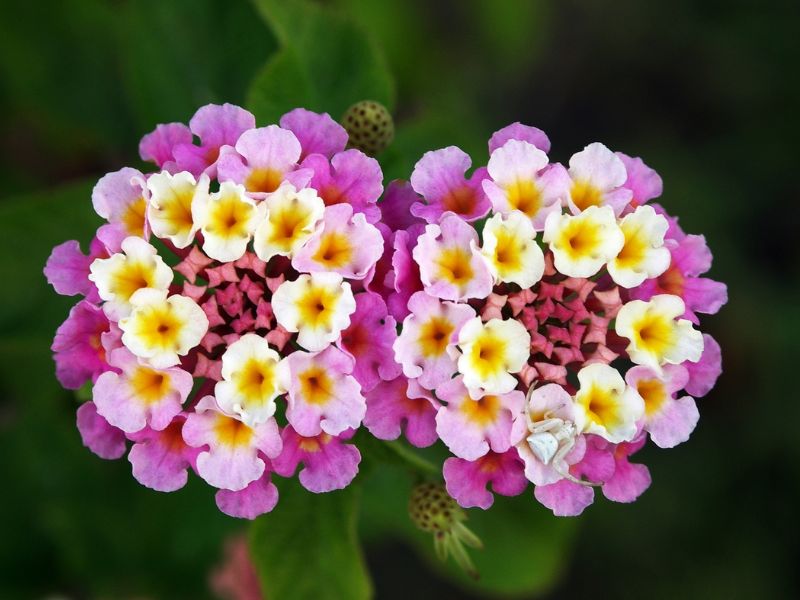
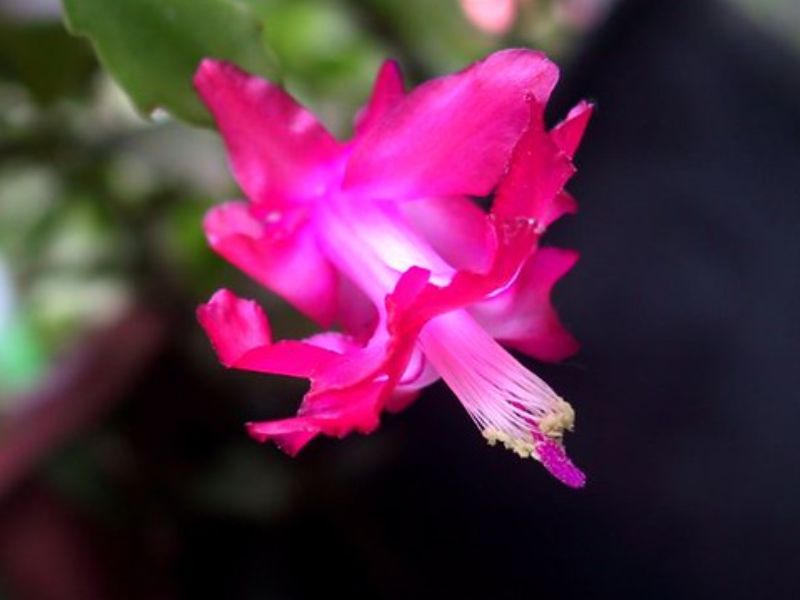
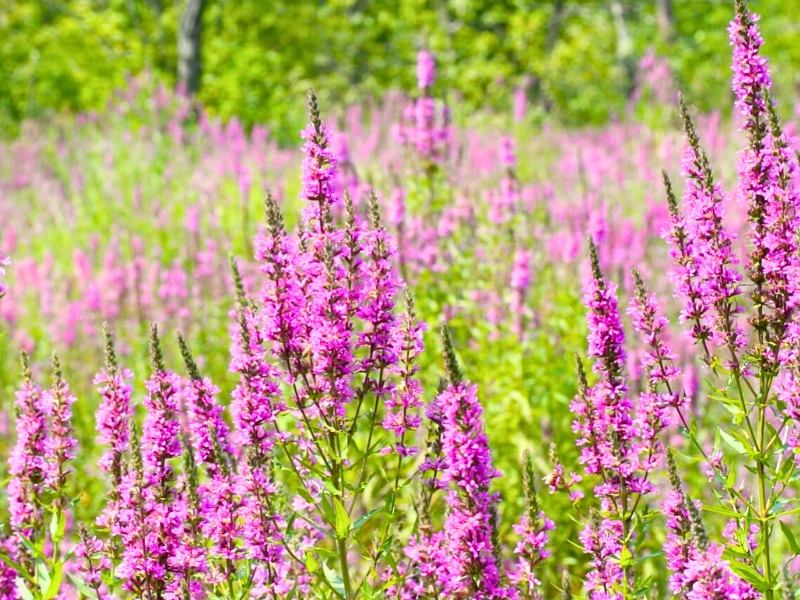
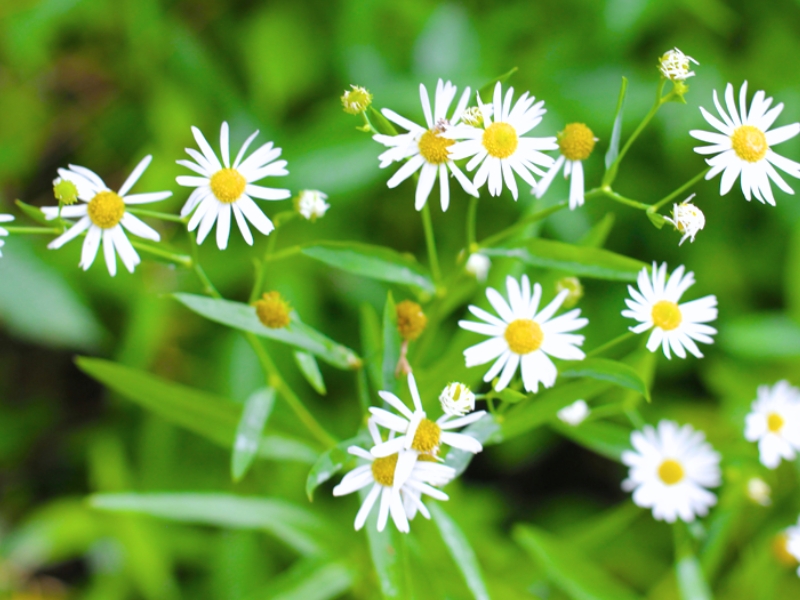
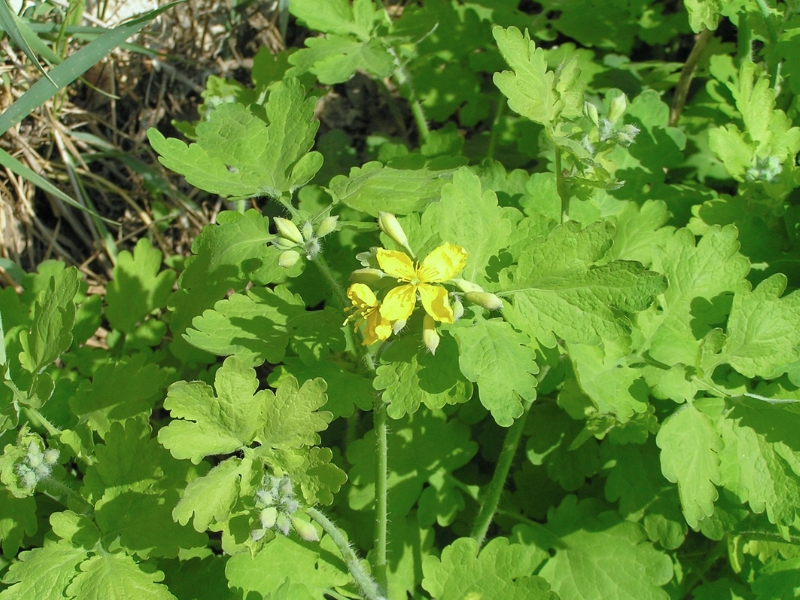
Leave a Reply